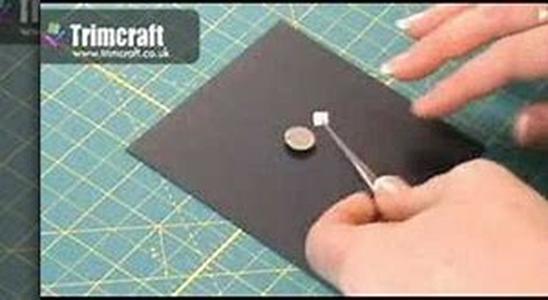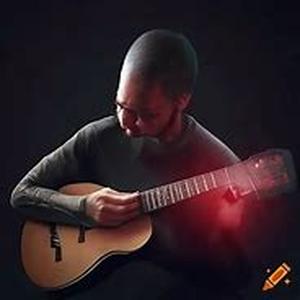
Spotting Errors In Your Coin Collections Or Maybe Ineveryday Pocket Change Is Easier Than You Imagine.Its Rather Profitable And Fun Too. You Just Have Tofollow The Different Steps Carefully A Couple Of Timesso That The Impulse Of Checking Out Every Coin Youreceive Will Become A Habit. These Simple Instructionsare Productive And Proven Methods Of Locating Thedifferent Coin Errors And Varieties Of Die Circulatinginside Your Pockets And Other Peoples Pockets.There Are Three Important Tools Though A Magnifierthat Can Be Seven Times Stronger Or More, At Leastthree To Five Dollars Worth Of Usual Or Old Coins Anda Very Keen And Watchful Eye. Follow The Sequencebelow.1. Sort The Denomination. If Investigating For Errors,always Group Your Coins In Batches. Example, Gatheryour Pennies On One Side, Then Your Dimes At Theother, Then Your Nickels, And So On. Eyes Are Verykeen Observers And So Seeing One Type Joined Togetherwill Let The Brain Memorize Its Features And Angles Sothat You Can Scan Faster. When You Go To The Next Setof The Same Type Of Coins, Your Eyes And Mind Willcollaborate And Do The Same Scanning, Determining Andsaving. It Will Be Easier On Your Part To Point Outeven The Slightest Difference With This Kind Ofgrouping.2. Examine Inscriptions. Look At The Obverse Letteringof Every Coin. Do You See Anything Unusual Or Oddabout It? There Are Several Instances Wherein Doubledvarieties Of Die Show Doubling Effects In Just Onepart Of A Word. Polishing, Greasy Dirt Collection Ordie Abrasion Can Cause The Failure Of Letters To Beinscribed Perfectly On The Surface Of A Coin. Uponturning The Coin On Its Other Side, Look At Itcarefully From Every Angle. Inspect For Specialoddities Like Doubling, Missing Letters, Etc. That Canbe Found In Its Inscriptions.3. Look At The Mintmark And Date. Focusing On Thesemintmarks And Dates Should Give You A Better Idea Onwhat To Look Out For. These Marks Belong To The Mostvaluable Mistakes That You Can Most Likely Find Incirculation. Several Issues Can Be Concluded In Thispart Of The Coin Because Of Repunched Dates Andmintmarks, Various Kinds Of Doubling, Overpunches Anda Lot More.4. Examine The Portrait. Portraits Are The Majoraspects That Are Most Likely To Acquire Somestrangeness In Its Proportion. When Examining It,consider Every Angle As A Whole. Can You See Doublingthat Is Quite Obvious? Observe For Important Missingelements, Cuds And Die Cracks. Focus Your Attention Onthe Portraits Ears, Chin, Eyes, And Mouth And Lookfor Any Signs Of Doubling.5. Feel The Edge. That Would Be Difficult. But Thenagain, What You Can Do Is To Roll The Coin On Thesurface Of Your Palm To Examine If The Edges Are Thesame. By This Method, Youll See The Edges Clearly Andyoull Be Able To Point Out Any Lines, Seams Andreeded Edges That Are Missing.6. Separate Odd Ones. By Doing These Simple Things,you Can Become An Expert In Coin Inspection Andprinting Out Certain Errors In Only A Matter Ofseconds. Once You Have Determined Which Among Them Areodd, Examine Them Thoroughly Under A Magnifiersupported By Very Good Lighting.By Being Adept To These, You Can Easily Spot Errors Inyour Collections In Just A Matter Of Minutes.





